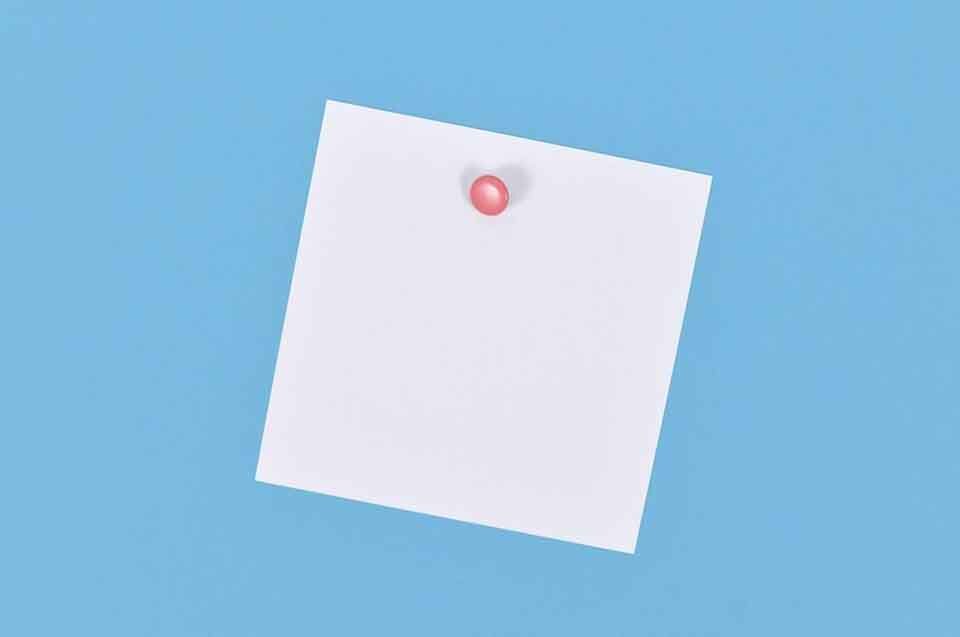Schneider Museum host to four new exhibits

ASHLAND — The Schneider Museum of Art is transformed into four separate galleries with art ranging from minimalist to lush for exhibits that will continue through Sept. 9.
An opening reception for the exhibits and artists will be held from 5 to 7 p.m. Tuesday, June 13, at the museum, near the corner of Indiana Street and Siskiyou Boulevard on the Southern Oregon University campus in Ashland.
The exhibit, part of the museum’s celebration of its 30th anniversary, features the work of Liz Shepherd of Ashland, Tofer Chin and Amir H. Fallah of Los Angeles, and Ryan Schneider, who relocated from New York City to Joshua Tree, Calif.
“We turned our sights south and once again into our backyard for selecting the four artists for our four solo exhibitions this summer,” says Scott Malbaurn, director of Schneider Museum. “Two are quickly emerging artists from Los Angeles and one from the desert of California adjacent to Joshua Tree National Park. The fourth artist lives and works in Ashland. Each artist works predominantly two-dimensionally with an emphasis on drawing and painting and each have their own distinct style.”
As visitors enter the museum, the space nearest the entry is devoted to Shepherd’s contemplative paintings.
Her exhibit “East-West: Two Streams Merging” is the culmination of years spent studying Japanese calligraphy and other forms of ink-based art. She uses her mastery of the brush to create quiet, haunting landscapes and detailed close-ups.
In “Mount Shasta at Dawn,” the snow-capped volcanic peak looms icily out of a dark, indigo forest and sky.
Shepherd captures every detailed feather in her avian portrait “The Raven,” while in other paintings, she hints at ghostly trees and mountains hidden in fog or snowbound worlds.
Chin has taken over the museum’s cavernous central space with his exhibit simply titled “8.” He arrived in Ashland this week to paint two mammoth murals covering two sides of the room. Smaller paintings are on facing walls.
Chin is known for adorning buildings with massive geometric murals marked by straight edges, triangles and sophisticated palettes with only three to four colors. Although minimalist, his paintings also have a sense of depth, with the geometric forms bringing to mind landscape formations or urban buildings.
Moving further into the museum, a back gallery space explodes in a profusion of vivid colors with Schneider’s “Mohave Masks” exhibit.
His multi-colored creatures recall sculptures made by Mexican folk artists in Oaxaca. In his 12-foot long painting “Howl,” a half-dozen coyotes sing out, surrounded by sea foam green, red and purple cacti.
Schneider’s hallucinatory, mystical paintings have purple jackrabbits, all-seeing eyes, wise owls and disembodied hands bearing flames.
Tucked around a corner in the museum’s farthest exhibition space, Fallah has created an enveloping exhibit. Rather than start with white gallery walls, the exhibit “Unknown Voyage” begins with a wallpapering of lush, monochrome blue jungle.
The paintings that hang against the jungle backdrop make references to the French post-impressionist painter Henri Rousseau, who created primitive but enchanting paintings of jungles populated by monkeys, lions and tropical birds.
Rousseau pretended to have traveled to exotic locales while in the French Infantry, but in reality, he never left France and instead studied his subject matter at the Paris Botanical Gardens.
In his painting “Winter Garden,” Fallah exposes the lie with a profusion of colored pencil and collage jungle plants — all tamely encased within an atrium.
The Schneider Museum of Art is open from 10 a.m. to 4 p.m. Monday through Saturday. Admission is free. Docents lead tours of the exhibits at 12:30 p.m. every Tuesday.
For information, visit sma.sou.edu

Comments are closed.